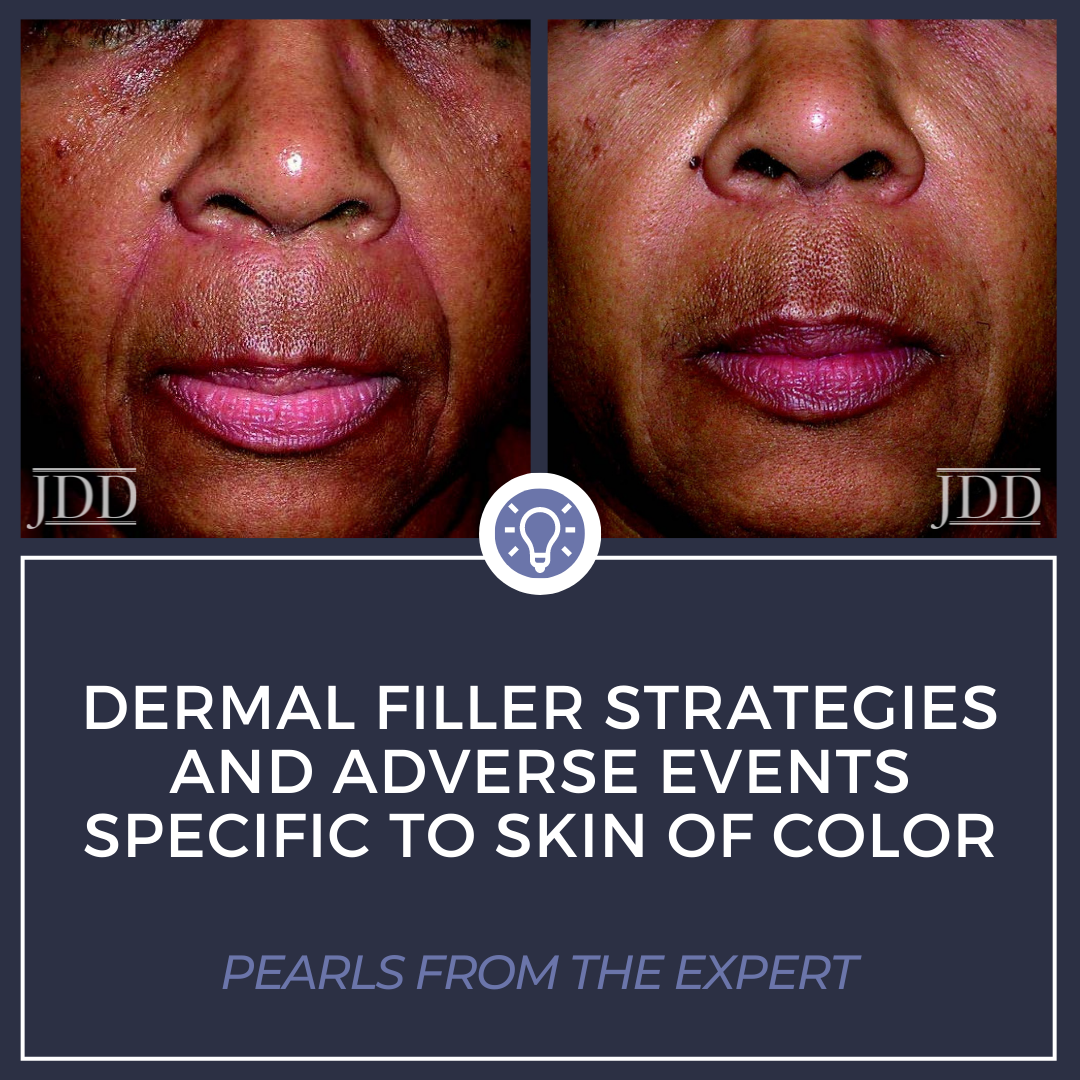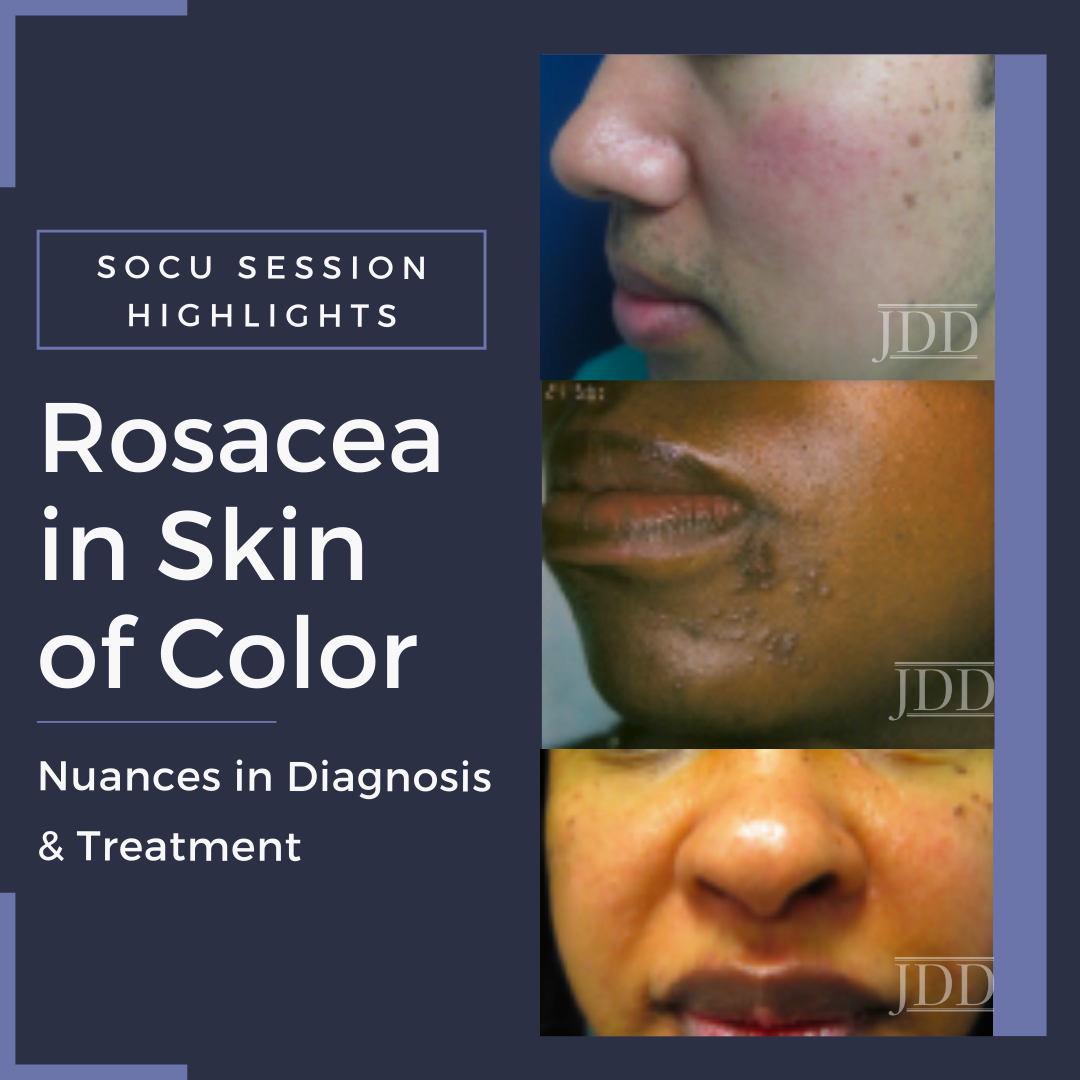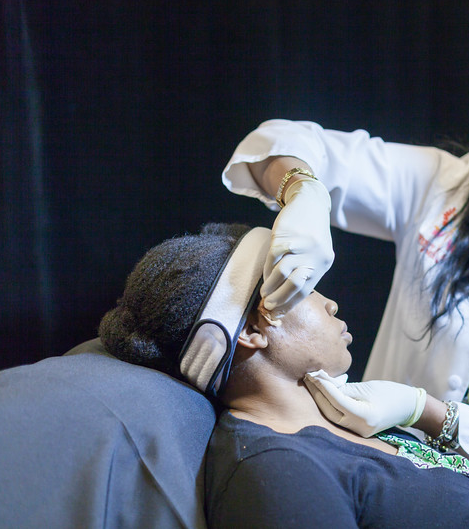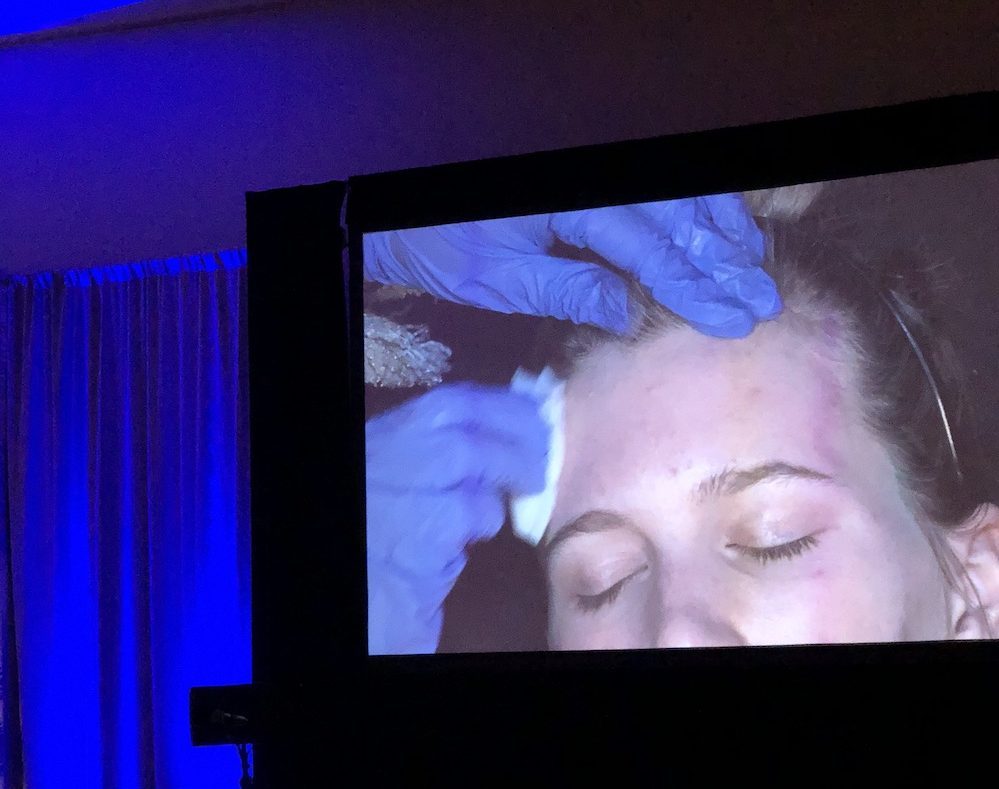Dermal Filler Strategies and Adverse Events Specific to Skin of Color
 When treating Fitzpatrick skin types IV, V, and VI, it is important to recognize differences in common adverse events that may be experienced. In patients of color, hyperpigmentation is a primary concern. This article will discuss various causes of hyperpigmentation after dermal filler injections in patients of color as well as management strategies.
There is increasing racial and ethnic div …
When treating Fitzpatrick skin types IV, V, and VI, it is important to recognize differences in common adverse events that may be experienced. In patients of color, hyperpigmentation is a primary concern. This article will discuss various causes of hyperpigmentation after dermal filler injections in patients of color as well as management strategies.
There is increasing racial and ethnic div …
 When treating Fitzpatrick skin types IV, V, and VI, it is important to recognize differences in common adverse events that may be experienced. In patients of color, hyperpigmentation is a primary concern. This article will discuss various causes of hyperpigmentation after dermal filler injections in patients of color as well as management strategies.
There is increasing racial and ethnic div …
When treating Fitzpatrick skin types IV, V, and VI, it is important to recognize differences in common adverse events that may be experienced. In patients of color, hyperpigmentation is a primary concern. This article will discuss various causes of hyperpigmentation after dermal filler injections in patients of color as well as management strategies.
There is increasing racial and ethnic div … Continue reading "Dermal Filler Strategies and Adverse Events Specific to Skin of Color"


 A patient in my clinic was recently prescribed 5-fluorouracil for severe photodamage, diffuse actinic keratoses. He is 24 years old and, unfortunately, lacked knowledge about photoprotection. It was sobering to think about how much longer he has to live and the damage already done. Strides have been made over the years in educating our patients about photoprotection, but recently, patients have …
A patient in my clinic was recently prescribed 5-fluorouracil for severe photodamage, diffuse actinic keratoses. He is 24 years old and, unfortunately, lacked knowledge about photoprotection. It was sobering to think about how much longer he has to live and the damage already done. Strides have been made over the years in educating our patients about photoprotection, but recently, patients have …  Wow! Prior to my attendance to the 2020 Skin of Color Virtual Conference, I had not fully realized the deficits in my learning when it came to recognizing common dermatologic conditions in our skin of color (SOC) patient population. Prior to Dr. Ted Rosen’s lecture on rosacea in SOC patients I had figured I knew enough to identify this dermatologic condition in most clinical settings as well as …
Wow! Prior to my attendance to the 2020 Skin of Color Virtual Conference, I had not fully realized the deficits in my learning when it came to recognizing common dermatologic conditions in our skin of color (SOC) patient population. Prior to Dr. Ted Rosen’s lecture on rosacea in SOC patients I had figured I knew enough to identify this dermatologic condition in most clinical settings as well as …  In Part II of our primer, we’ll focus on technique and aftercare. In case you missed it, view Part I of the series where we covered the basics of chemical peels.
Anesthesia
Choice of anesthetic will likely depend on the depth of the peel and patient preference. Superficial peels will likely cause only minor burning and stinging and usually require no anesthetic. Topical anesthetics can …
In Part II of our primer, we’ll focus on technique and aftercare. In case you missed it, view Part I of the series where we covered the basics of chemical peels.
Anesthesia
Choice of anesthetic will likely depend on the depth of the peel and patient preference. Superficial peels will likely cause only minor burning and stinging and usually require no anesthetic. Topical anesthetics can …  Chemical peeling is one of the oldest resurfacing procedures used in dermatology, and it is still the most popular. Why the staying power? For reasons such as, ease of use, versatility, and low cost have helped maintain chemical peels as a cornerstone of the aesthetic repertoire. In this two-part primer, I’ll review the basics of chemical peels including agents used, techniques and potenti …
Chemical peeling is one of the oldest resurfacing procedures used in dermatology, and it is still the most popular. Why the staying power? For reasons such as, ease of use, versatility, and low cost have helped maintain chemical peels as a cornerstone of the aesthetic repertoire. In this two-part primer, I’ll review the basics of chemical peels including agents used, techniques and potenti …